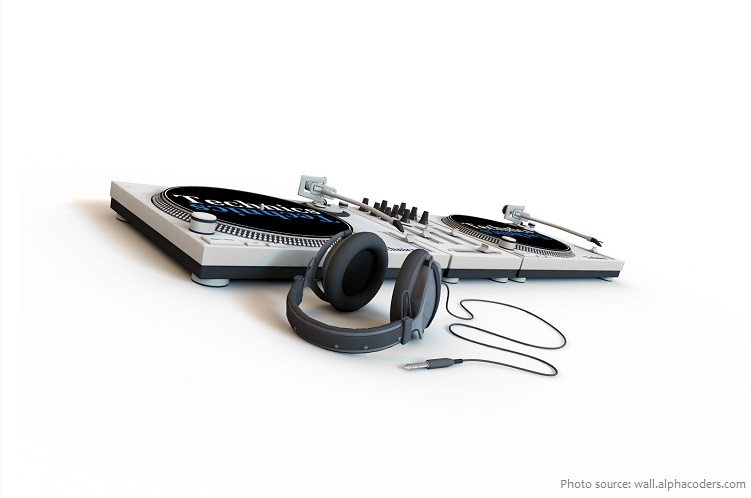
Headphones are a pair of small loudspeaker drivers worn on or around the head over a user’s ears.
They are electroacoustic transducers, which convert an electrical signal to a corresponding sound.
Headphones can prevent other people from hearing the sound, either for privacy or to prevent disturbing others, as in listening in a public library.
Headphones grew out of the need to free up a person’s hands when operating a telephone. There were several iterative products that were predecessors to the “hands-free” headphones. By the 1890s the first device that is unmistakably a headphone was made by a British company called Electrophone, which created a system allowing their customers to connect into live feeds of performances at theaters and opera houses across London. Subscribers to the service could listen to the performance through a pair of massive earphones that connected below the chin, held by a long rod.
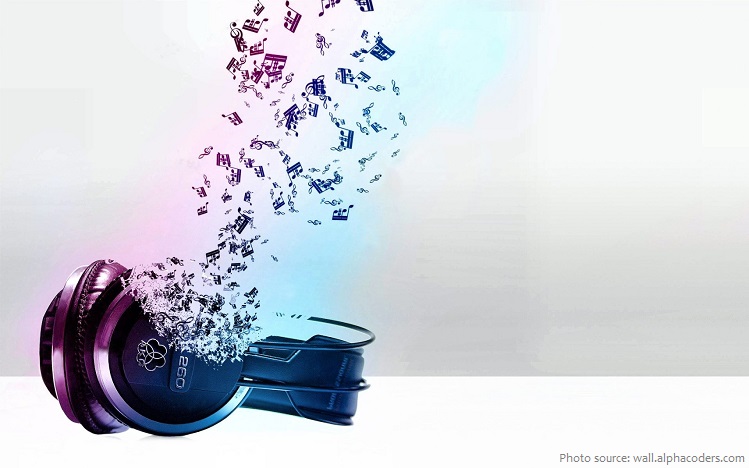
French engineer Ernest Mercadier patented a set of in-ear headphones in 1891, Mercadier was awarded U.S. Patent No. 454,138 for “improvements in telephone-receivers…which shall be light enough to be carried while in use on the head of the operator.”
Nathaniel Baldwin of Utah in 1910 invented a prototype telephone headset due to his inability to hear sermons during Sunday service. He offered it for testing to the US Navy, which promptly ordered 100 from Baldwin. Wireless Specialty Apparatus Co., in partnership with Baldwin Radio Company, set up a manufacturing facility in Utah to fulfill orders. His innovations were the basis of “sound-powered” telephones or phones that required no electricity, which were used during World War II.
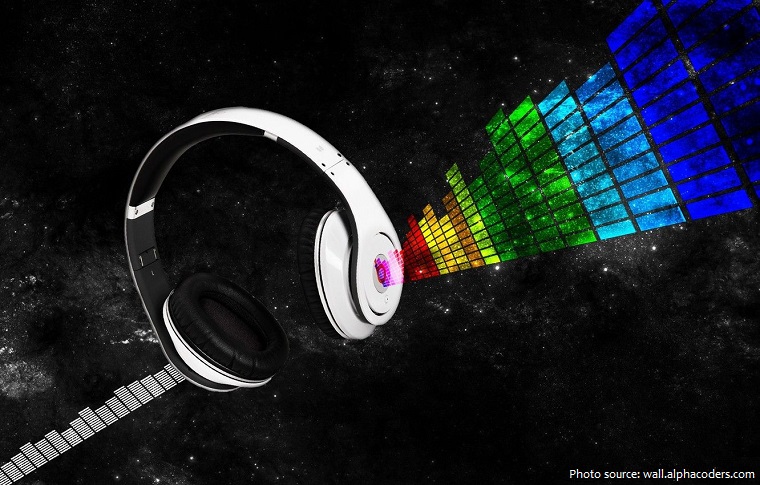
In 1958, John Koss rewrote the rule book when he created the first stereo headphones, the Koss SP-3. Early models were nothing more than mini speakers covered in cardboard and sofa foam, but their impact was immense. Rather than make do with radio communication equipment and aviation hardware, Jazz lover Koss came up with something purely for music – and he helped fuel a revolution in the way people listened to it.
Koss’ headphone marketing kept pace with pop culture throughout the 1960s and 1970s, with advertisements featuring everyone from King Kong to the smiley face—the original emoji—wearing them, and by continuously releasing new designs like the denim-trim ‘Easy Listening’ headphones and the Pneumalite earcup, which mimicked the ear’s shape.
The ubiquity of modern headphones could perhaps be attributed to the Sony Walkman, which debuted in 1979 and almost immediately became a pop culture icon. As the first affordable, portable music player, the Walkman became such an prominent characteristic of the young urban professional that it was even featured on the cover of The Yuppie Handbook.
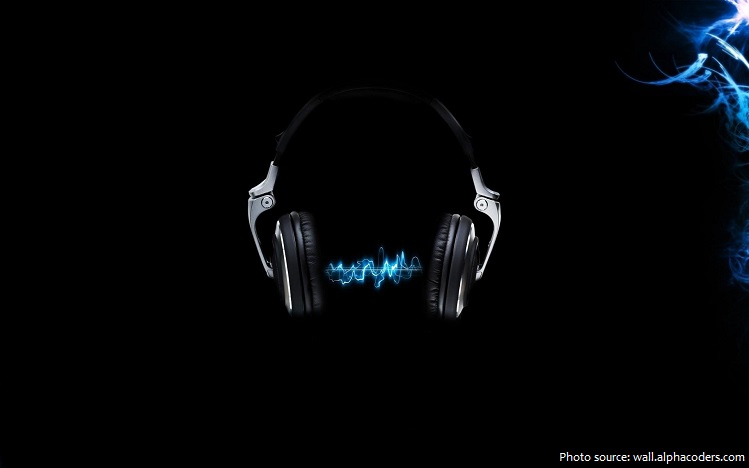
The profusion of portable music technologies in the 1990s—from cassettes, to CDs, to DAT, to minidiscs—lead to greater variety in product design and fewer iconic portable devices as a result. The movement towards smaller technologies like the minidisc player meant that headphones became smaller and cheaper as well. Plastic earbuds were shipped as stock headphones with many of the new music players on the market. Perhaps because of the waning style specs of the mass market headphone, the fashion and music underground took to using the robust, hard-cup headphones of the 1970s as stylish replacements for stock earbuds. The rise of rave culture, which began to focus attention on the DJ as a star on stage, created a new association of headphones not with privacy but with mass sociality and public performance. A person wearing headphones was no longer necessarily aloof and reserved—they might be the center of the party.
With the invention of Bluetooth technology in 1999, the headphone cord that tethered the headphone wearer to another source was finally made unnecessary. The first users of wireless listening technology tended to be businessmen sporting spiky single-ear headsets connected to their Blackberries, which gave Bluetooth a distinctly unfashionable vibe in its early years.
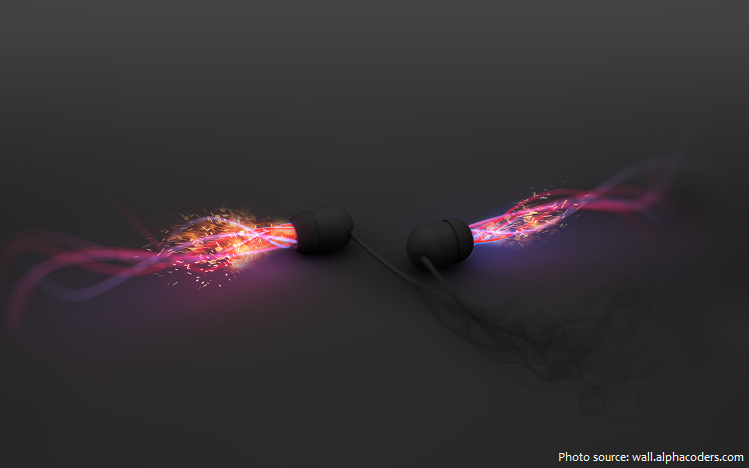
2000s is the point in time when extreme headphone popularization starts. Along with that, experts develop new audio technologies that make different kinds of audio devices more affordable to everyone. The main purpose of all modern audio equipment has become to make the user trendy and stylish while their actual audio quality is being partially neglected.
After the success Apple achieved with iPods, other companies decided to work harder on their promotion. Some of them decided to improve sound quality but almost all of them, at least partially, focused on experiments in the design area.
The headphones industry earned around $35 billion in 2020 alone or sold as much as 514.5 million units in just one year!